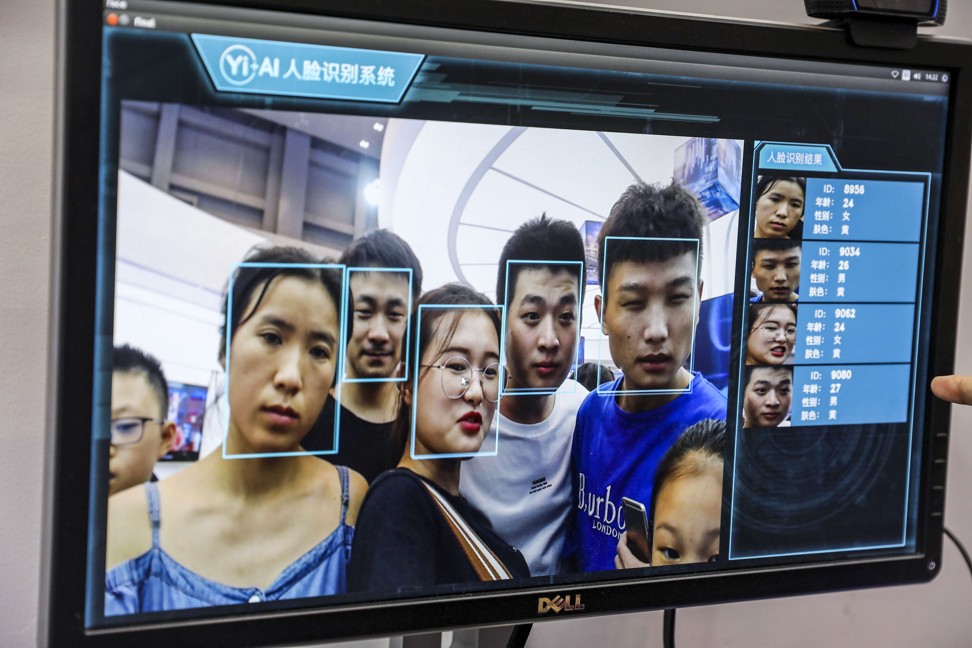
Chinese city installs facial recognition cameras to stop children from drowning
System can identify students from database of images and send personalised warning messages over loudspeakers when they get too close to the water
Authorities in a central Chinese city have taken a hi-tech approach to preventing children from drowning – installing a system of security cameras and loudspeakers near a reservoir and river in a trial scheme to warn youngsters not to get too close to the water.
The messages are personalised – some of the cameras use facial recognition technology to match a student’s image with those in a database supplied by local schools in the city of Pingdingshan, in Henan province.
If recognised by the system, a student who gets too close to the water’s edge will hear their name being called over the loudspeakers, followed by the message: “You have entered a dangerous water zone where there have been drowning incidents – please leave at once. I have already sent text messages to your parents and teachers.”
Drones, facial recognition and a social credit system: 10 ways China watches its citizens
Designed by the Pingdingshan Municipal Education Bureau and Ping An Technology, which develops hi-tech platforms and services, the system went into use on Friday last week.
The authorities did not say how long the trial would run, but they plan to expand the security system next year to 120 places near water that are considered dangerous, covering all townships and districts in the city.

It is the first time hi-tech equipment has been used to prevent drownings in China, according to the city’s government.
The security and facial recognition cameras have been set up near a river and a reservoir and when anyone gets too close to the water the loudspeakers will automatically play a warning message.
The facial recognition camera will then take a photo and compare it with images in its database. If there is a match, the student will hear a message over the loudspeakers and the photo, along with their location, will be sent to their parents and teachers, said Ericson Chan, chief executive of Ping An Technology. The system has a facial recognition accuracy of 97 per cent or higher, he said.
“We started developing and testing the facial recognition system for use in drowning prevention in May,” Chan said. “It’s based on the algorithm and experience of our facial recognition technology, but it has also been tailored for Pingdingshan’s drowning prevention project.”
Smart cities: are we sleepwalking into a Big Brother future of constant surveillance in the name of improved efficiency and safety?
At present, the database holds images and information for more than 110,000 students from 81 schools – from primary to high schools – in the city.
It comes after a number of drowning accidents across China this summer, especially near unsupervised waters. In the most recent cases, a mother and four children, aged between seven and 16, drowned in the Yangtze River in central China on August 6. The next day, twin eight-year-old girls were found dead in the sea near an unsupervised beach in Qingdao, Shandong province.

.jpg?itok=H5_PTCSf&v=1700020945)